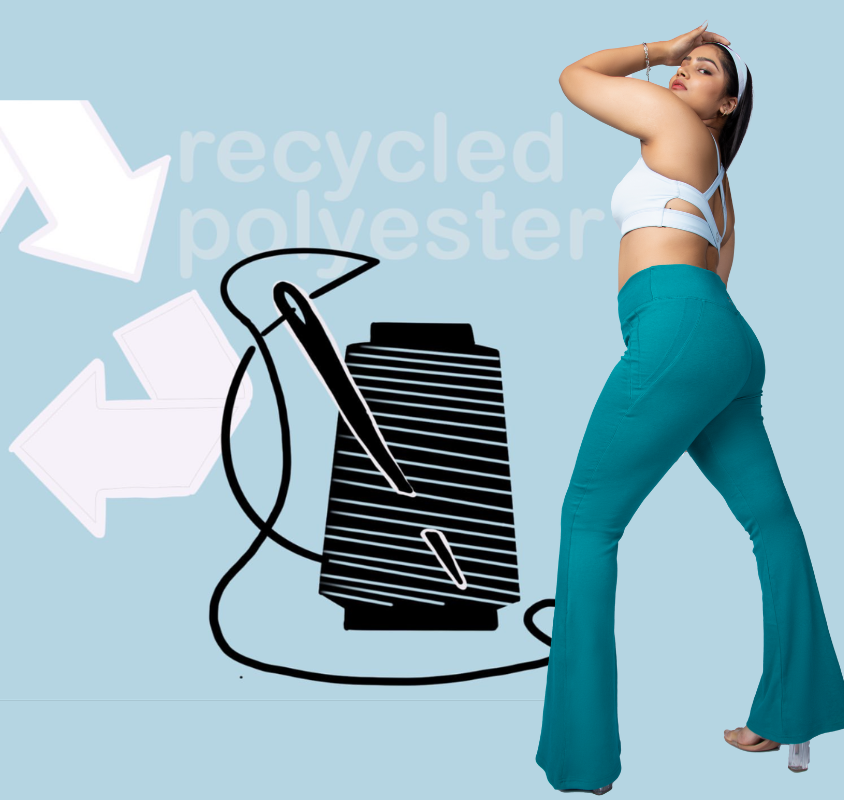leather is a multi-billion-dollar industry and is also one of the most polluting industries in the textile world. while the demand for leather is not decreasing, there is a lot of pressure on the industry to change its ways because of the serious sustainability issues linked to the production process. let’s see if there is any way to source leather sustainably.

how is conventional leather produced?
tanned leather is just the animal hide that is treated and cleaned of all hair to preserve it from damage. this is then transformed into clothes, footwear, car upholstery, interiors, and other fashion accessories. In 2020, research showed that approximately 1.4 billion skins and hides of animals were used in global leather production. this is at least one animal for every 5 people on this planet
why should you care about leather being sourced sustainably?
there are grave environmental and human costs attached to the leather production industry.
the process of tanning leather is the most toxic phase in leather production. but, even extensive rearing of livestock for leather production has severe environmental impacts like deforestation, land and water overuse along with releasing greenhouse gasses which contribute to climate change.
clearing expansive forests like the Amazon for these purposes has a huge contribution to climate change because Amazon stores thousands of tonnes of carbon dioxide that is released when the forests are cut.

higg materials sustainability index measures leather’s impact at 159, as relative to 98 for cotton, mainly due to its high-water consumption and pollution. now to the most toxic phase of leather production – tanning. a high percentage of the production still relies on chromium tanning which entails hides being doused in water, chromium salts, and tanning liquor. this process ensures that the leather doesn’t decompose.
this process produces a slush of gasses and chemicals. one of them is the highly dangerous carcinogenic chromium (IV). this compound is so toxic that tanneries have been closed across Europe and the United States to keep a check on this.
people, including children, who work in these tanneries are exposed to dangerous toxins that can cause severe skin reactions, kidney damage, liver damage, and long-term cancer.
what can you do?

all this makes one wonder, how can we do anything except not to buy leather. that is one option but there might be a few ways you could buy or source leather more sustainably. according to reports, due to checks and increasing pressure by the consumers, tanneries are becoming cleaner and using fewer chemicals. the amount of water being used in leather has been cut down by 35% in the last 25 years.
here are some things you can do to make sure your leather products are as sustainable as possible:
you can look for logos of the leather working group (LWG) and Sustainable Leather Foundation (SLF). these groups audit and trace environmental standards. so you can either ask your brand to get their products audited or look for brands who already do so. their logos will be on the band’s website.
there are brands implementing the regenerative approach which is basically a process where the cows are reared using ecological practices. it is based on a rule of thirds. for instance, they leave a third of the land as grass so the plants can regrow.
if you are buying sustainable leather, look at it as a long-term investment as opposed to the fast-fashion culture we are all used to. make sure you take good care of what you buy.
take care. until next time, live aastey.

































